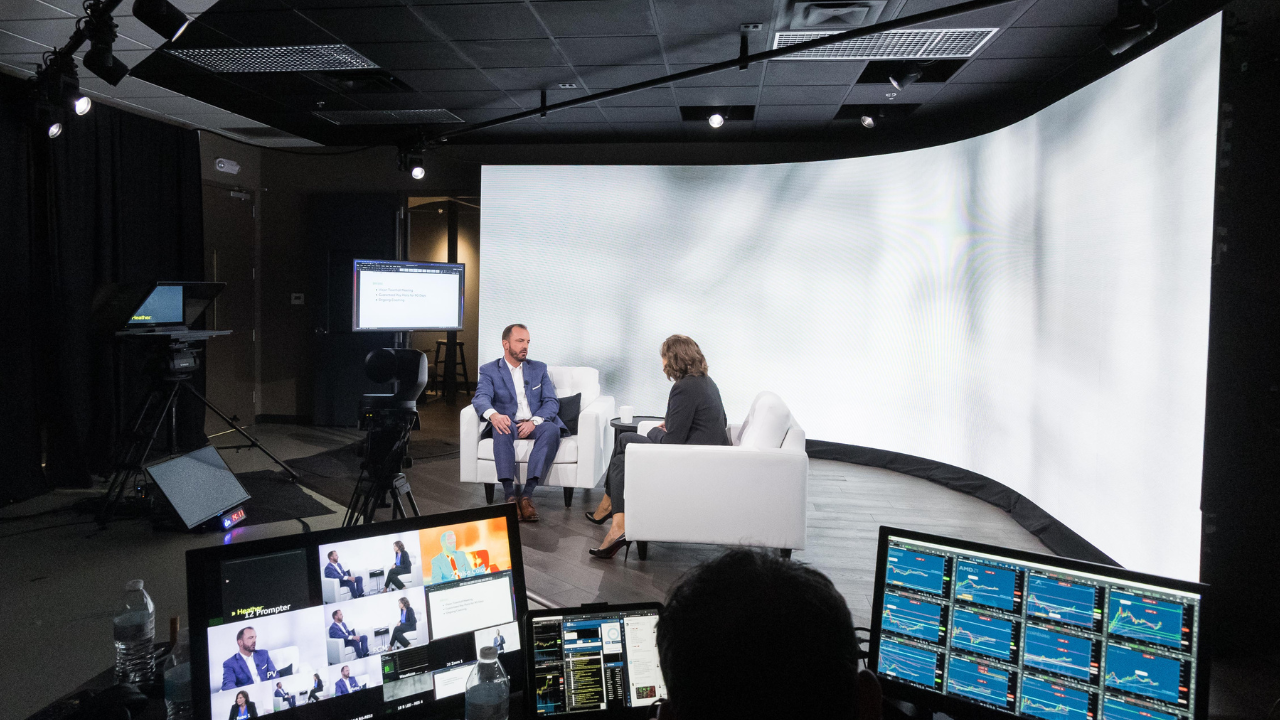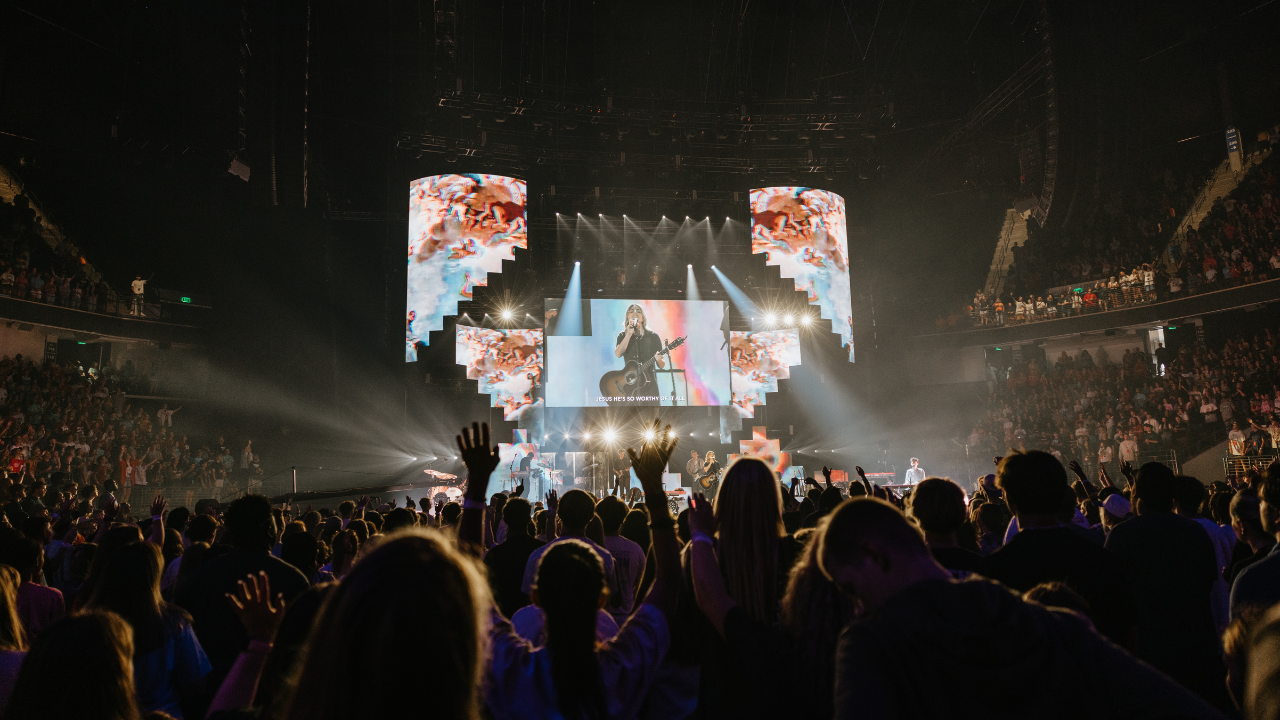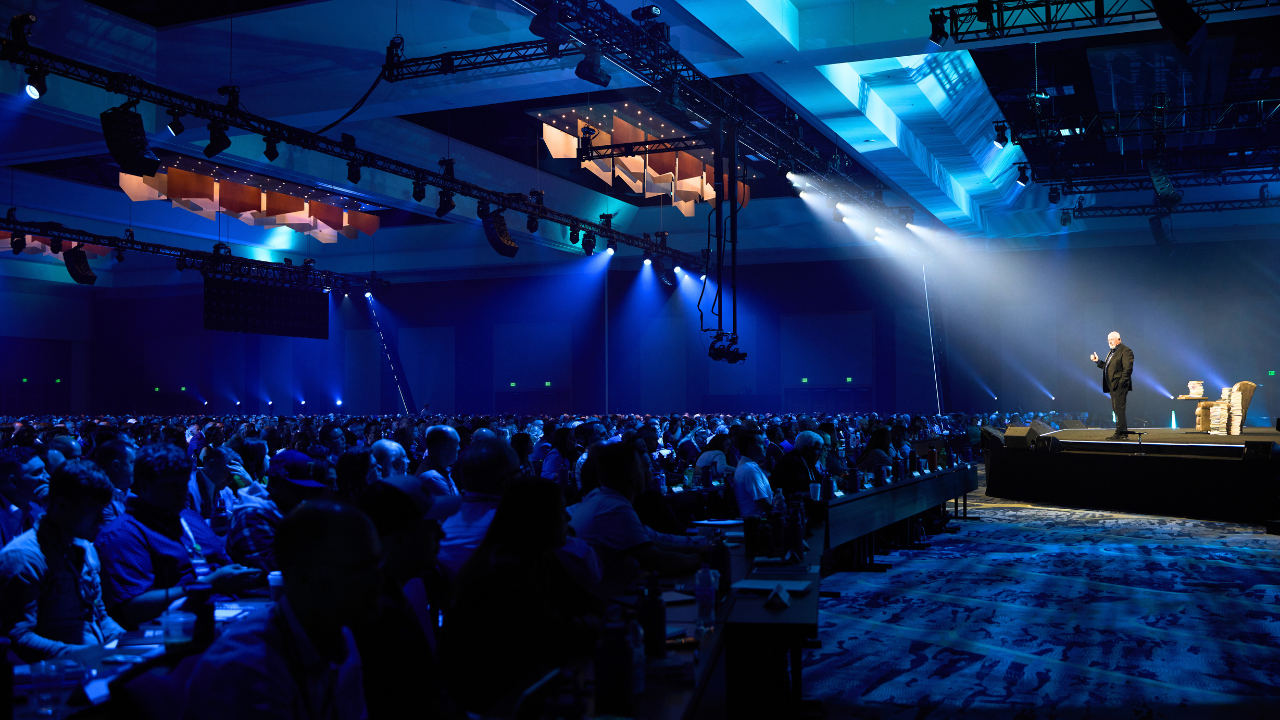The moiré effect is an intriguing yet often unwelcome phenomenon in digital imaging and live events. It’s the perception of patterns, such as stripes or waves, that aren’t present in the original image, often leading to distracting optical illusions. Understanding its causes and finding solutions is crucial for ensuring the quality and professionalism of any event.
What Causes the Moiré Effect?
Essentially, the moiré effect occurs when two sets of fine patterns interact, creating a third, unwanted pattern. This interference can happen when a camera’s pixel grid misaligns with a patterned subject, such as clothing or textures on an LED wall. Additionally, the effect is often intensified when an image is scaled down during video processing. As Charlie Bowker, the CTS Video Manager, notes, “the effect really comes from grids on top of grids and their inherent misalignment,” reminding us that even subtle misalignments can lead to pronounced visual disturbances. Interestingly, this visual disturbance is not just limited to LED walls on camera, but it also applies to striped, checkered, and plaid patterns on clothing of subjects on camera, highlighting its broad impact.
Why Is It a Concern for Live Events?
In the context of live events, the moiré effect can diminish the audience’s experience by drawing attention away from the main action on stage. The phenomenon doesn’t just distract; it can inadvertently convey a low-budget or unprofessional impression, regardless of the quality of the equipment or the event’s overall execution. From conferences in hotel ballrooms to arena concerts, the moiré effect is a subtle detail that can significantly affect event perception.
As live events increasingly utilize high-resolution LED walls for dynamic visual displays, understanding and mitigating these patterns becomes paramount. The moiré effect can distort the clear, captivating visuals you’re aiming to present, leading attendees to focus on the unwanted patterns rather than the content itself.
How to Avoid the Moiré Effect
1. Choose the Right LED Wall Pitch: The distance between the LED pixels — known as pitch — can affect how the moiré effect is perceived. A general guideline is to multiply the pitch by three to determine the distance in feet a viewer should be for an image to appear seamless. Furthermore, that same distance is where the focus should fall off.
2. Focal Length and Depth of Field: Using cameras with anti-aliasing filters and adjusting the focal length can help minimize the effect. In addition, ensuring you have determined the optimal depth of field – or the depth of the plane that is in focus – will prevent the moiré effect from occurring.


3. Content Design: Collaborate closely with your AVL partner during the content design phase to ensure patterns and colors show well on camera. This proactive approach can prevent the moiré effect from arising later. Consider non-repetitive, textured patterns on LED, as solid colors are more likely to contribute to the moiré effect.
4. Lighting Considerations: Thoughtful stage lighting is essential in minimizing the moiré effect. Achieving a shallow depth of field — by opening up the camera’s iris — often results in the best outcome, as a shallow focus causes pixels on the LED wall to blend together, making moiré disappear. If your lighting conditions don’t allow the iris to open wide enough, consider utilizing a neutral density (ND) filter to achieve the desired effect. Keep in mind: a shallow depth of field requires precision from the camera operator, as it can make keeping the subject in sharp focus more challenging. It’s a delicate balance, but the improvement in image quality is often worth the effort.
Quick Fixes for Moiré During Events
If moiré unexpectedly appears mid-event, there are a few swift strategies that can help: adjust camera angles, fine-tune depth of field, or ask on-camera talent to swap out wardrobe pieces with solid or less complex patterns. Photographers and videographers can often eliminate noticeable patterns by slightly shifting their shooting perspective or adjusting focus in real-time.
Consult an AVL Professional
To truly mitigate the risk of moiré effect and ensure your live event’s visuals are seamless and professional, involve your AVL partner early in the planning process. At CTS AVL, we support our clients every step of the way — from system design to live event execution — helping you anticipate and avoid potential pitfalls. When you invest in high-impact visuals, you shouldn’t have to worry about distracting patterns stealing the show. Let us help you deliver an experience where your message — and your mission — shine through.





